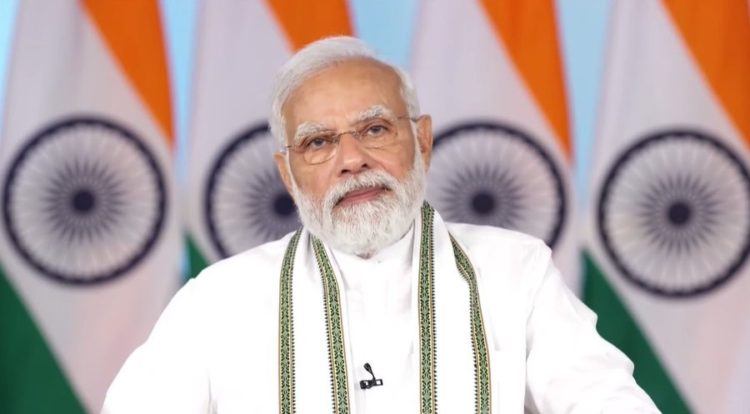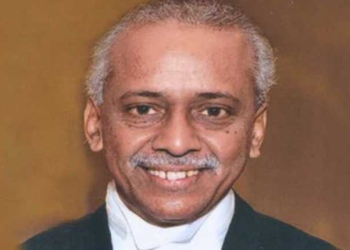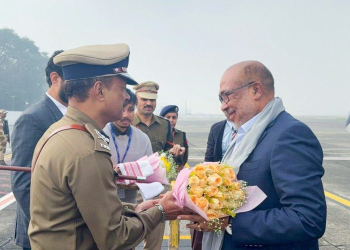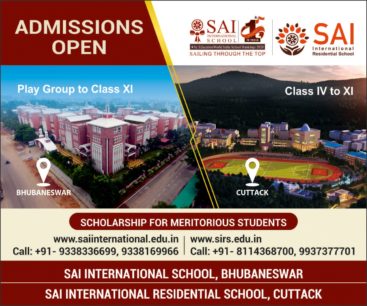New Delhi: Prime Minister Narendra Modi will shortly mark his presence at the regional security bloc meeting in Samarkand. This city, southeast of Uzbekistan, about 300 km from its capital Tashkent, will host this year’s Shanghai Cooperation Organisation (SCO) on September 15 and 16.
Commonly viewed as the eastern counterpart of the North Atlantic Treaty Organisation (NATO), the SCO is believed to have come into force in response to American influence in the central Asian region. Both China and India, as the world’s most populous countries, lend this organisation the largest population coverage, making SCO the world’s largest regional organisation. It has in its ambit about 60 per cent of the Eurasian area, 40 per cent of the world’s population, and over 30 per cent of global GDP.
This Eurasian political, economic and security consortium known as the ‘Shanghai Cooperation Organisation’ began as a mutual security agreement between China, Kazakhstan, Kyrgyzstan, Russia, and Tajikistan in 1996, under the name of ‘Shanghai Five’.
On June 15, 2001, Uzbekistan joined the Beijing-headquartered outfit and the leaders met in Shanghai to proclaim a new organisation (SCO) with deeper political and economic cooperation. Subsequently, the SCO Charter was formalised on July 7, 2002 and came into effect on September 19, 2003. On June 9, 2017, India and Pakistan joined SCO.
This eight-nation-strong intergovernmental organisation engages other countries as Observer States (4), and Dialogue Partners (6). SCO focuses on issues of development, economics, politics, and the military. For this year’s summit, 15 leaders will be in attendance.
Essentially a political and economic security organisation, the primary aims of SCO are ensuring regional security, resolving border issues, counter-terrorism and religious extremism, and enhancing regional development, among others.
Given the stated objectives of the SCO, it is interesting to have the Indian, Chinese, and Pakistani leaders on a common platform discussing “mutual” interests, especially against the backdrop of the prolonged border skirmishes along India’s northern and eastern frontiers, trans-national development projects by way of CPEC and BRI, and Pakistan’s obsession with Kashmir.
India’s presence this year is significant as it will be invested with its presidency at the conclusion of the summit. Under the system of rotational presidency, India will also host the 2023 summit. Besides, India is presented this year with the opportunity to hold bilateral talks with the participating leaders on issues of security and cooperation.
While discussing the prospects of multilateral cooperation on this occasion, the presence of Chinese President Xi Jinping and Russian President Vladimir Putin are to be watched closely for developments that will affect India.
As Xi gears up to secure his third term as President, it is interesting to note that previous Chinese leaders preferred to refrain from taking overseas trips in the weeks preceding the Party Congress, reportedly owing to intensified behind-the-scenes power struggles.
Russia reportedly seeks to step up ties with China after facing unprecedented Western sanctions over its invasion of Ukraine.
China’s secured presence at this forum and Russia’s in the light of the ongoing war in Ukraine which has driven major European powers to the brink of a possible collapse, put India in a diplomatically decisive position with respect to its association with other major countries.
Indian and Chinese forces disengaging at the Gogra Hot Springs region in the northern frontier, just preceding the summit, is unlikely a coincidence.
Although the wider de-escalation of 60,000 troops and heavy equipment is yet to be negotiated, China’s incursions in April 2020 violated several bilateral agreements made over three decades.
India stands firm that the “state of the border” reflects the “state of relationship” with China. And with daunting challenges at the borders, achieving a peaceful border with China is less than a foreseeable accomplishment.
However, in the larger interest of the nation and region that forms a significant part of the world both physically and economically, being open to political engagements with the major powers that have the world’s leading economies banking on them, despite disputes and disagreements, is the way forward towards crafting stability.
(IANS)





















